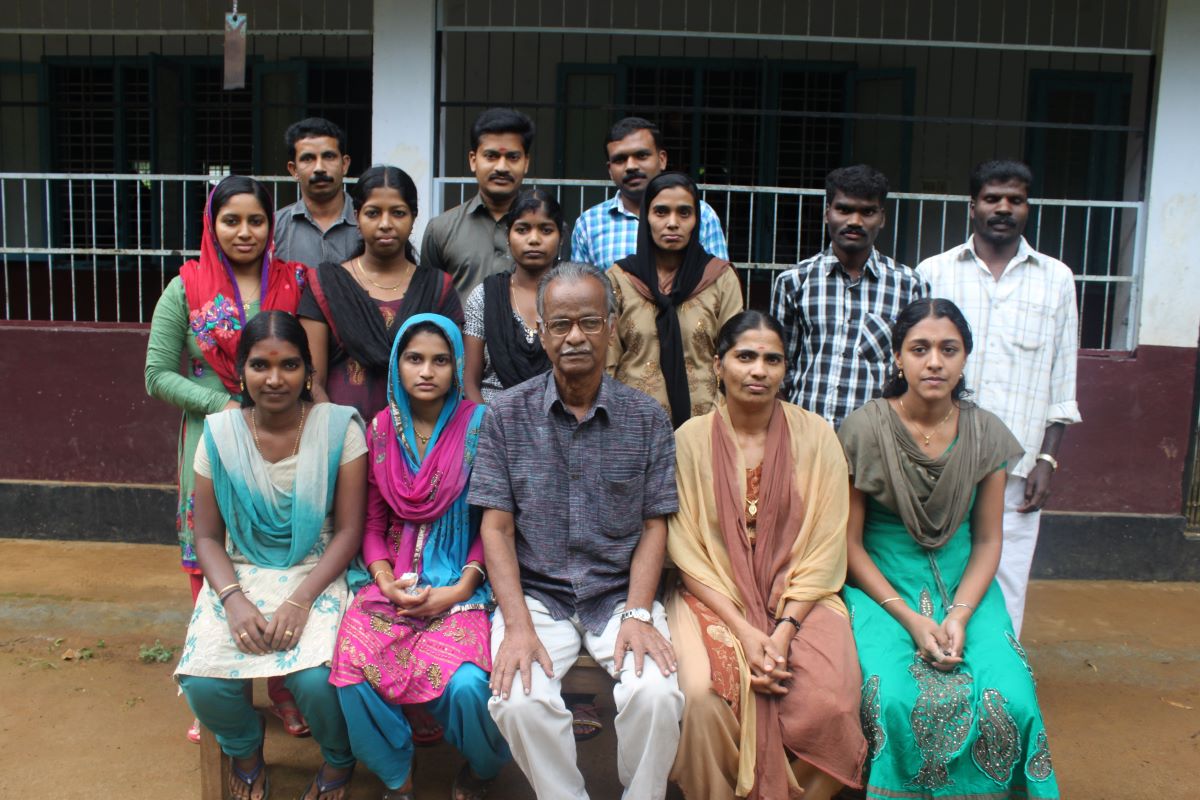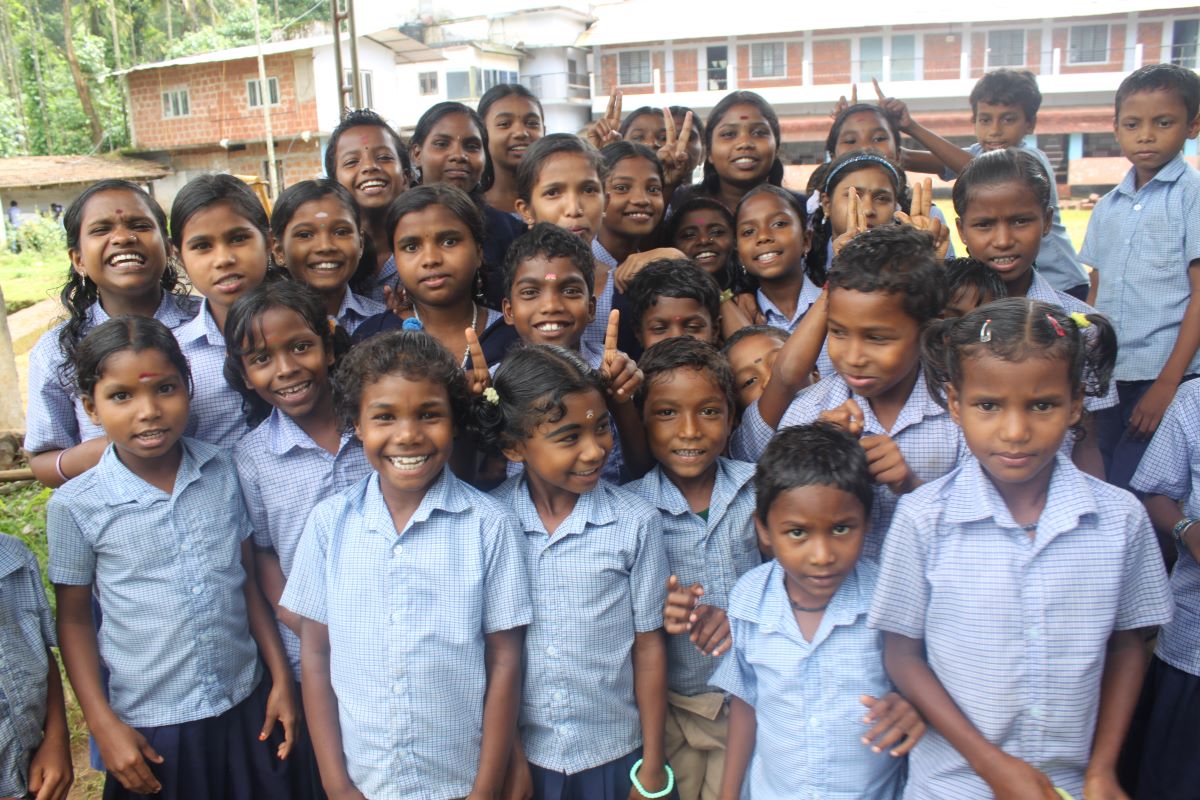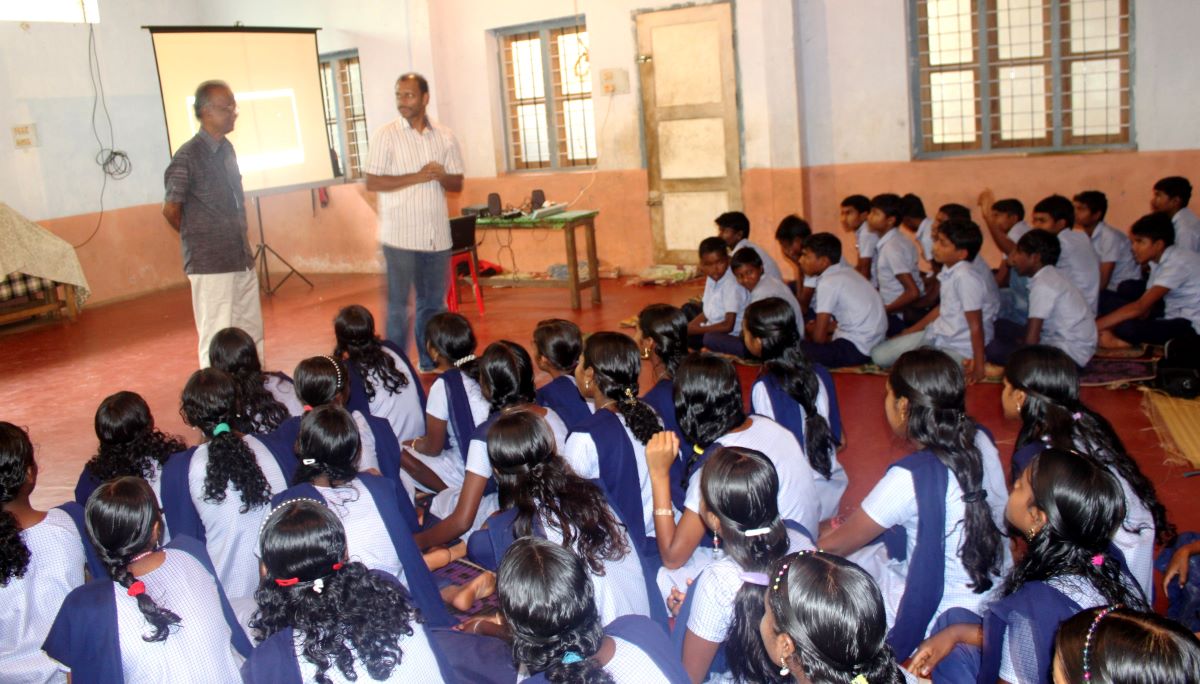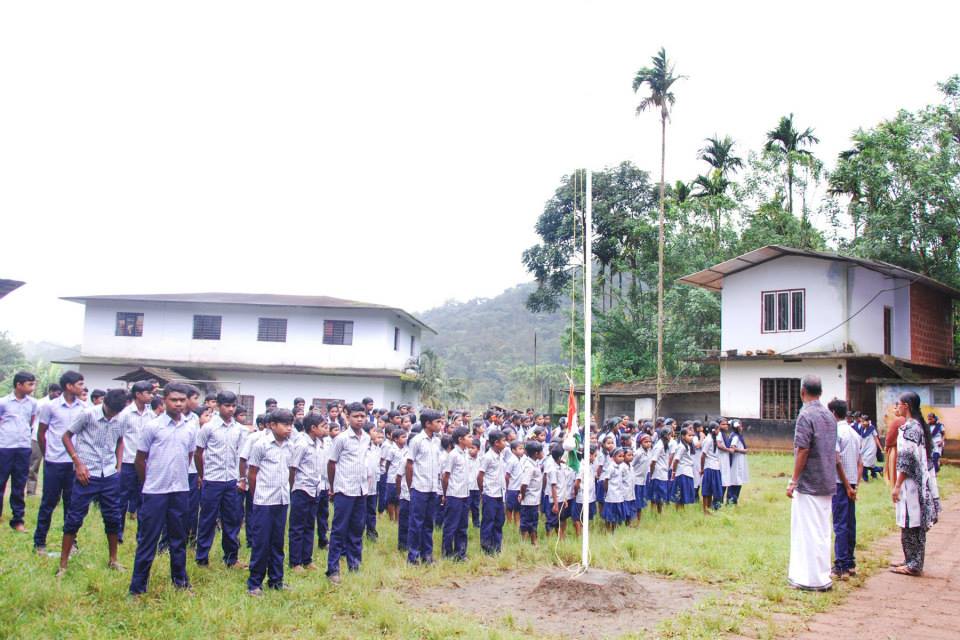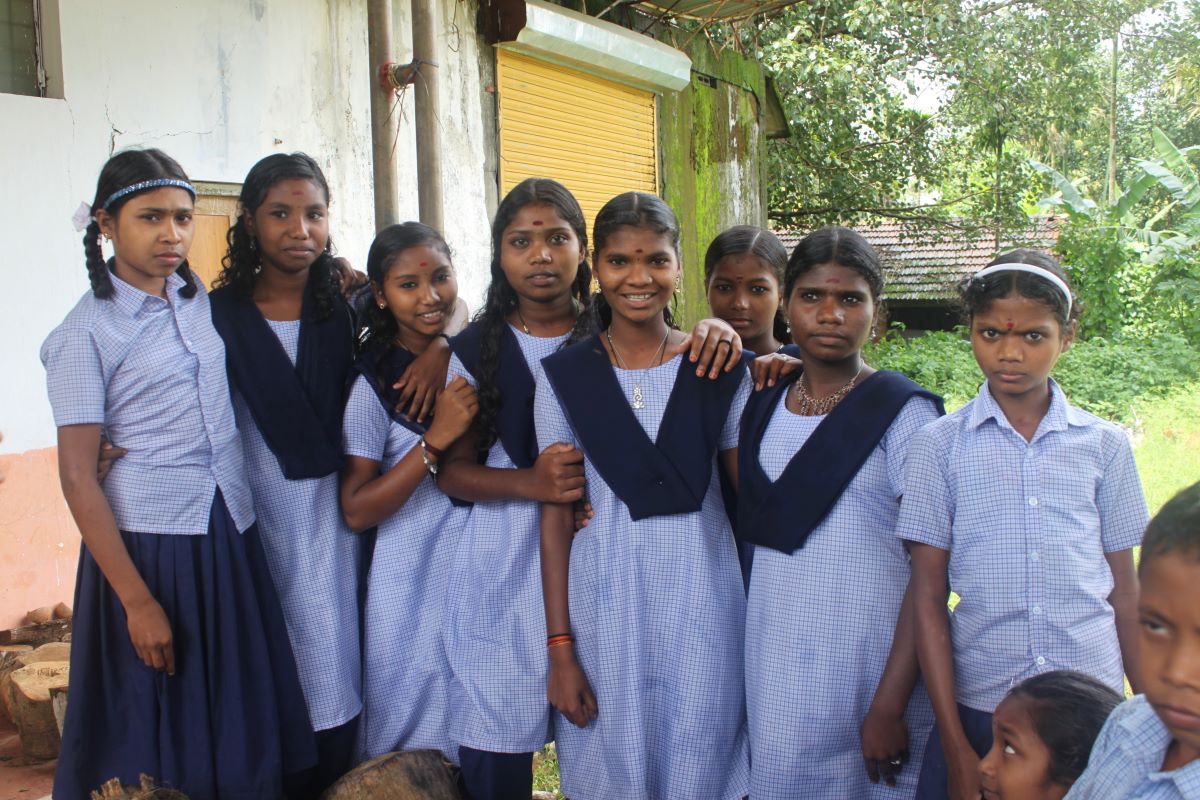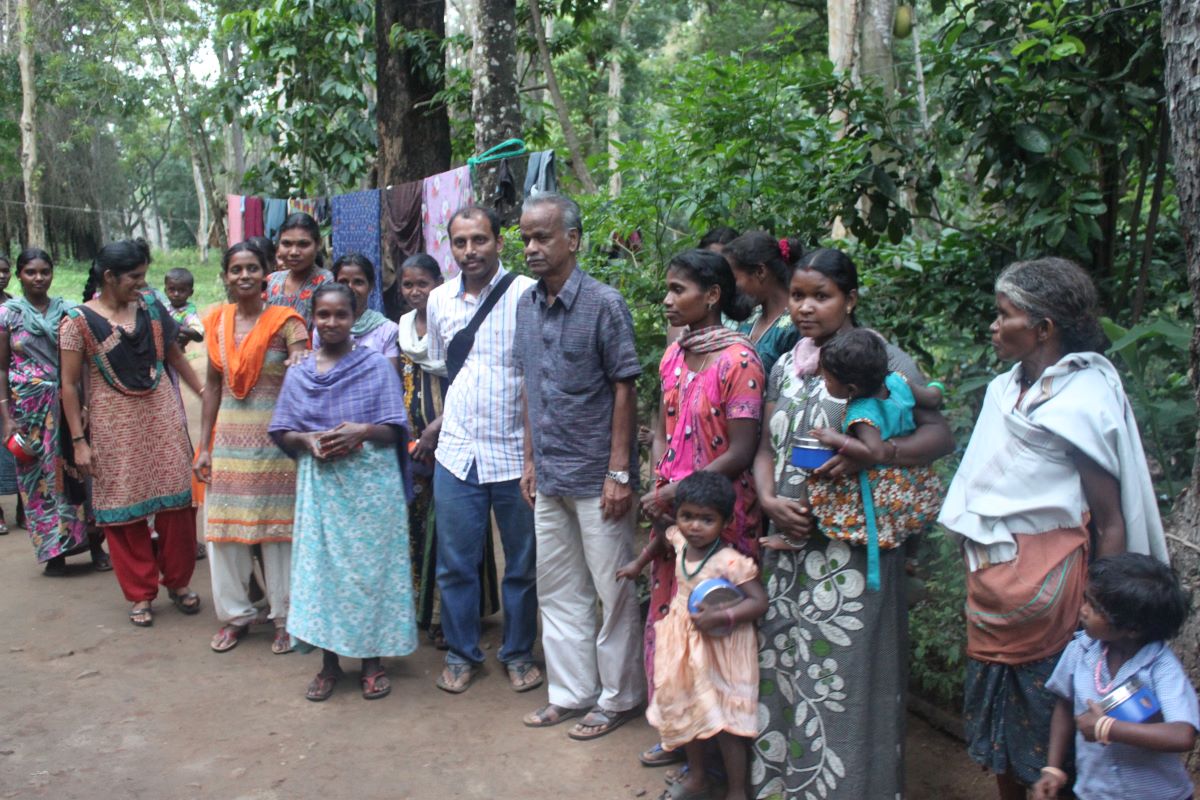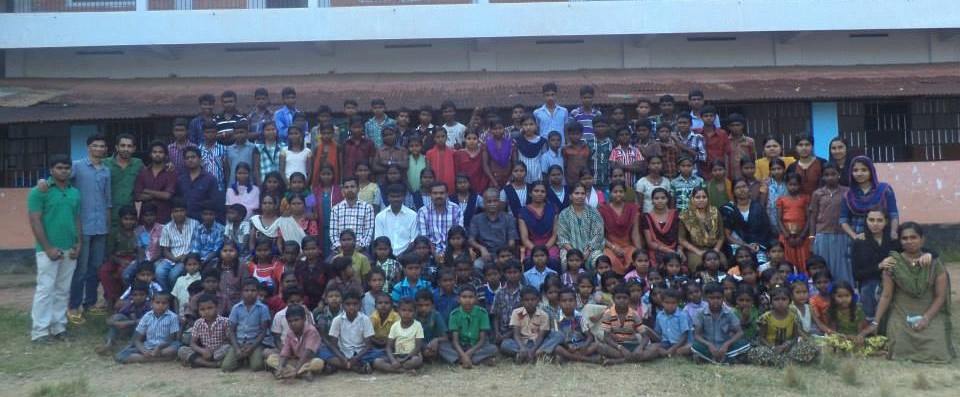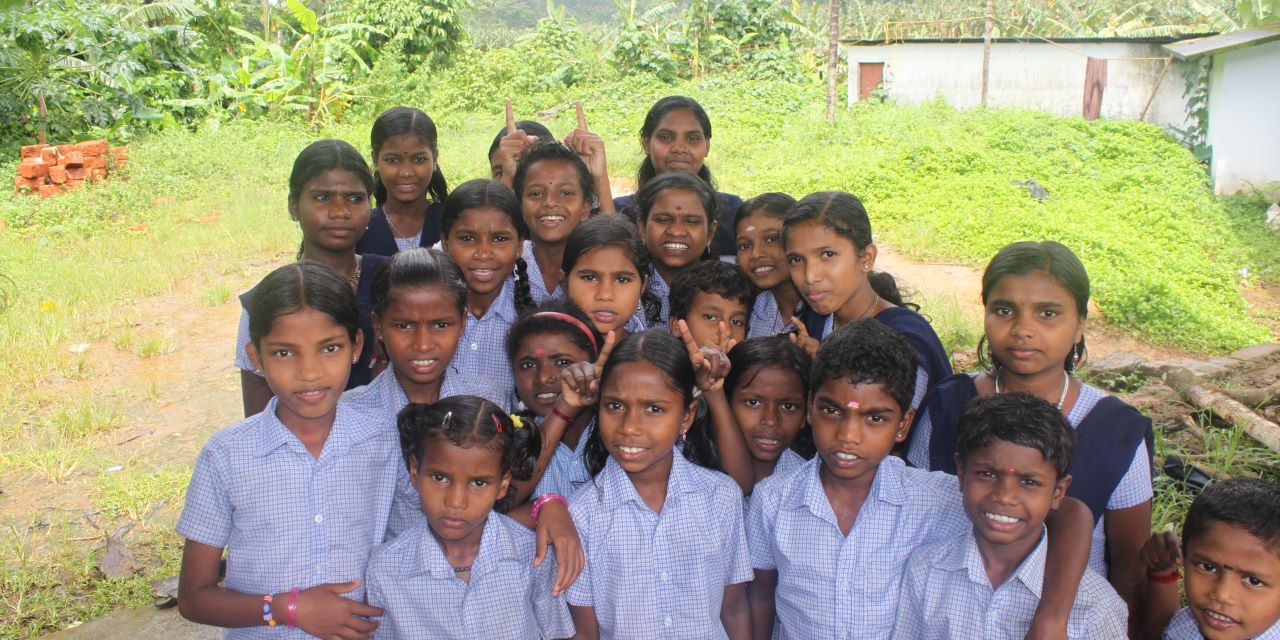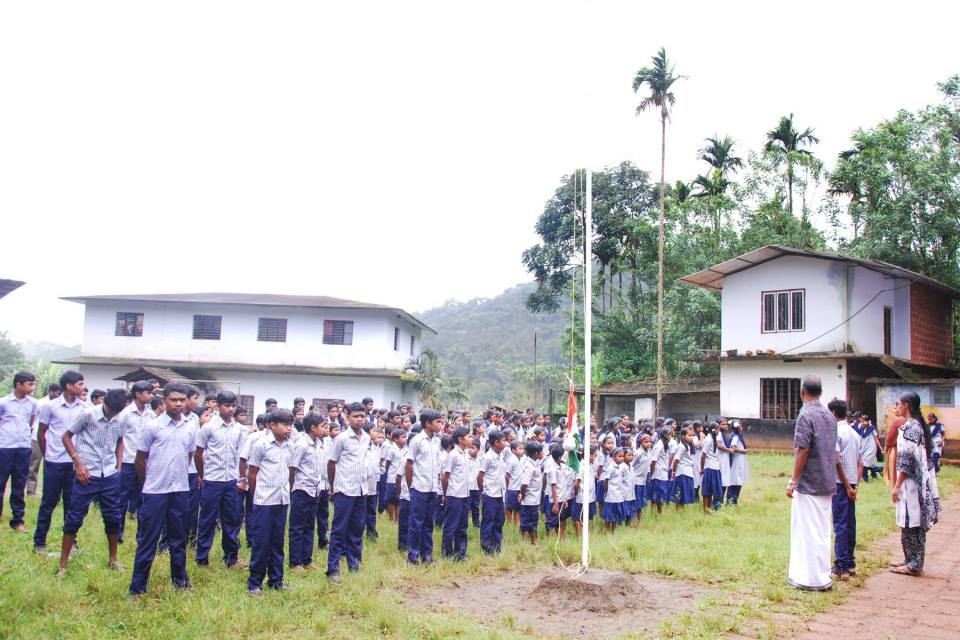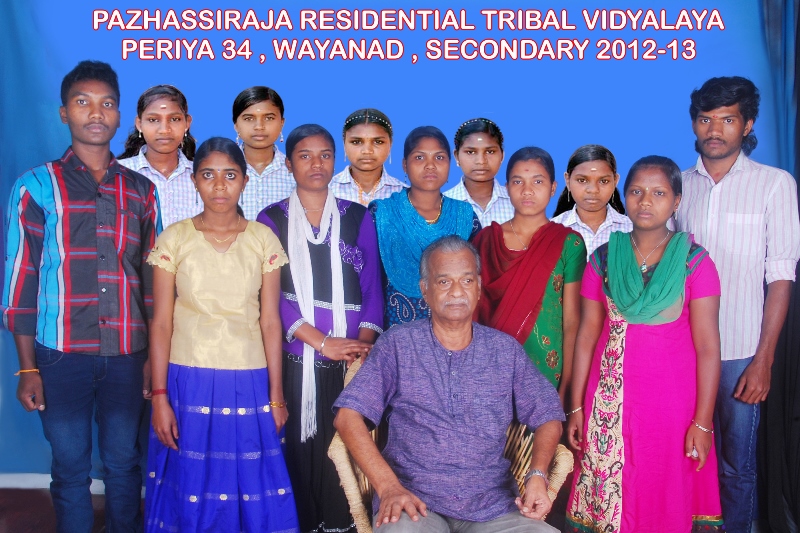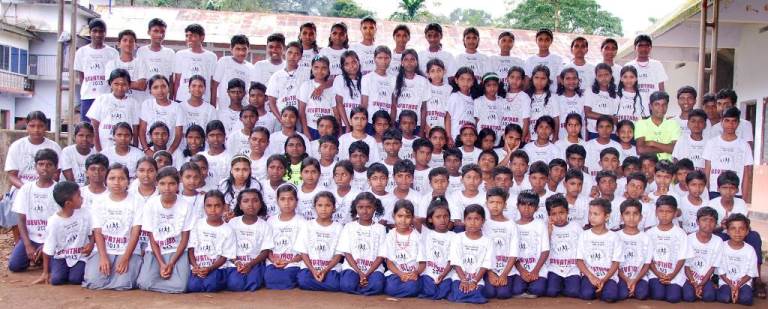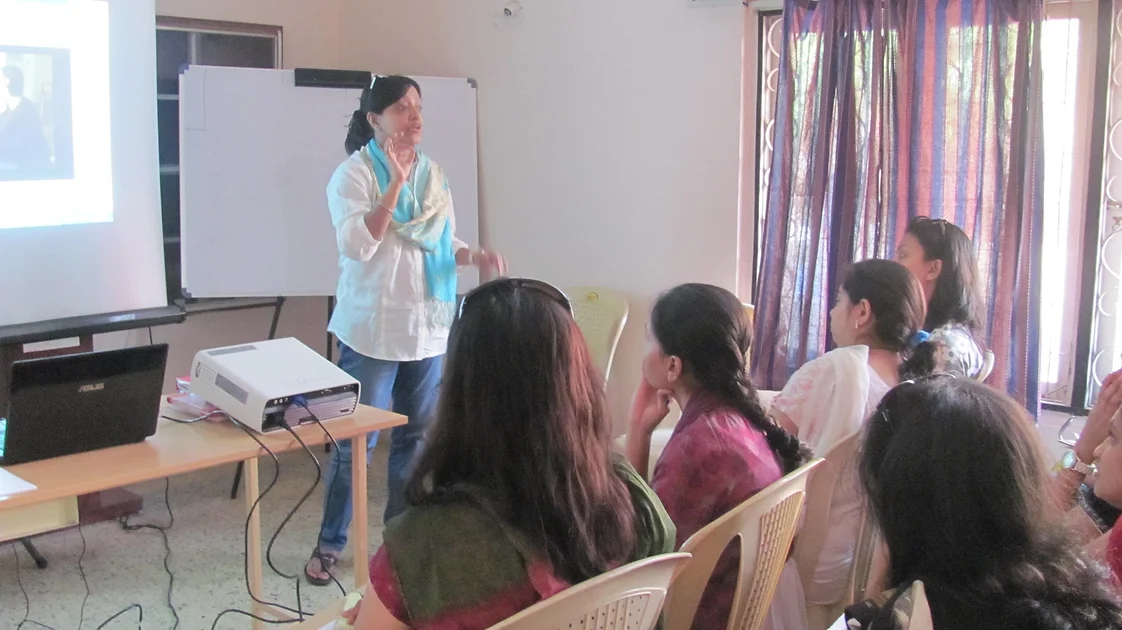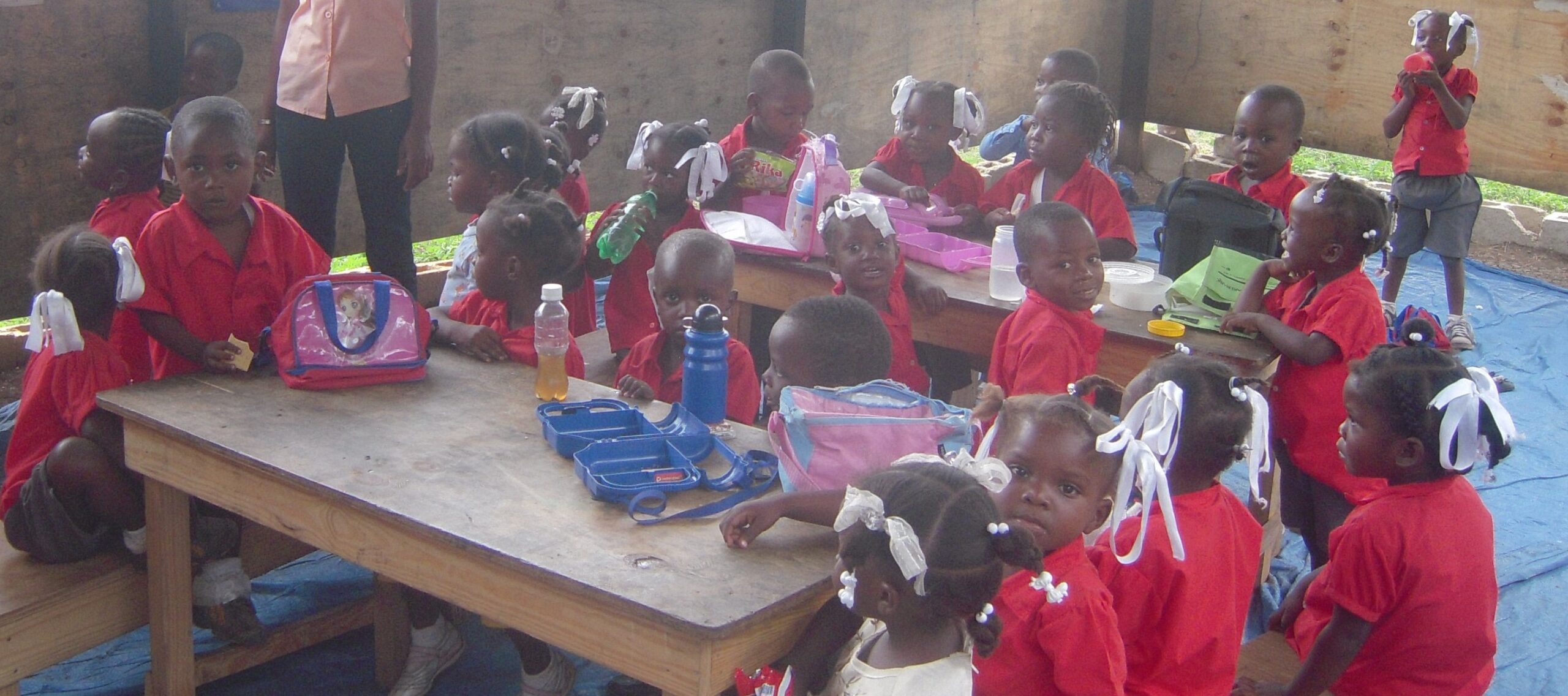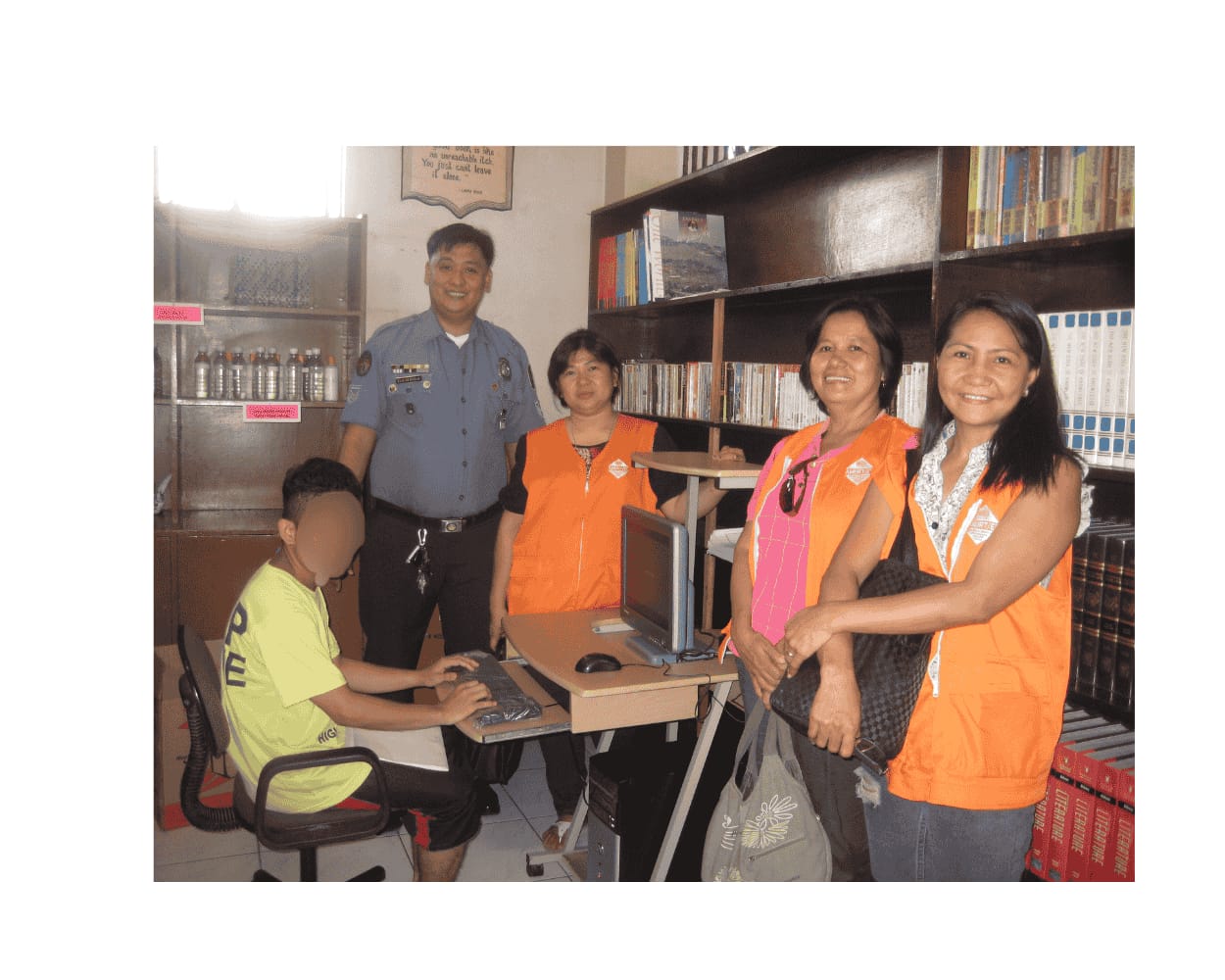Pazhassi Raja Tribal School, Kerala, India
Project Summary
This project shut down its operations around the 2018 timeframe. We, at Voice Of a Child, wholeheartedly thank all our volunteers, donors, and supporters who contributed immensely over several years to keep this project alive.
Pazhassi Raja Tribal School is located at Wayanad in the southern Indian state of Kerala. It is a residential school –providing food, accommodation, and medical needs as well as a full education, completely free of cost to the students. Wayanad has the highest population of tribal people in Kerala. The tribal people have had no access to education any time in their lives. Today tribal people are exploited as the work force for cash crop estate works like coffee and vanilla, and other illegal activities. Lack of direction and schooling makes the tribal children the sweet targets for child abuse, labor misuse, and exploitation.
Dr. Appanu Nambiar, a retired professor of education, founded this school in 1997 with an objective of providing a safe environment to educate the tribal children to adapt to modern day challenges and still retain their age-old cultural customs.
The school that started with 41 students has more than 250 students now. The school is named after the local prince known as the Lion of Kerala, who was one of the earliest freedom fighters of India.
- STATUS OF THE PROJECT
- GOALS
- WORK ACCOMPLISHED
- CURRENT FINANCIAL STATUS OF THE SCHOOL
Closed
This project shut down its operations around 2018 timeframe. We, at Voice Of a Child, whole heartedly thank all our volunteers, donors and supporters who contributed immensely over several years to keep this project alive.
- Provide food, accommodation, medical needs and full education completely free of cost to the children
- The short-term goal is to sustain the current strength of tribal children undergoing education, and to focus effort on gathering sufficient resources to:
- Cover recurring expenses such as salary, study materials, clothes etc.
- Provide potable water
- Build infrastructure (road, urinals)
- The long-run goal of the project is to uplift the tribal people around the area by a series of education related projects.
The school is following the ‘Gurukula’ system of education where teachers and students live together as in a family. Agriculture, stitching and tailoring, carpentry work, basket making, book binding, yoga and music are part of the school syllabus.
Paddy, pulses, bananas and vegetables are cultivated by students and teachers. Significant change has come in the attitudes of the tribal community towards education and health care. Senior students participate in rural development activities of the area.
Both boys and girls are also taught traditional martial arts for self-defense and psychological self-development. As a practical idealist, Dr. Nambiar knows the day-to-day side of life these children will face in the real world and feels teaching self-defense skills as important as the standard curriculum.
The school also has witnessed many success stories. Many children have graduated and gone on to teachers training. A number of graduates are teaching at present in the school. One of its’ students is a health inspector in the city. Two girl students completed a general nursing course and are working in local hospitals. The vocational training is very popular, creating trade carpenters or skilled workers in companies.
Healthy meals are served three times a day, which contributes to the overall feeling of individual security and well-being. Well-fed children are able to concentrate and focus better.
The school brought many social changes in the mindset of the tribal community, but two of them stand out. The tribal community didn’t approve education of girls in the beginning. So in 1997, the school started with 40 boys and just one girl. Today, out of 250 students, 129 of them are girls, while boys number at 121.
Another significant change that happened is about the caste system mindset which exists among the tribal people. During the initial days of the school, the divisions based on the caste were very evident among students. Students of the ‘so called’ upper caste did not interact or eat with the rest of the students, reflecting their family customs. Significant progress has been made in this aspect.
Tribal Affairs Ministry recognized and gave grants for the school from the year 2000, when the school had fewer students. Over the years, the number of students has steadily increased, but not the grant, leaving a large deficit to fill by some alternative means.
The aid from the Tribal Ministry has not reached them for the last two years. The delay in this aid from the Tribal Ministry has been a constant problem and this puts an enormous burden on Dr. Nambiar to keep the school running. The school has been taking loans from individuals and well-wishers to buy food items, and for paying occasional salary for its staff. This is a short-term solution.
how can you support
The future of this school is in the hands of each one of us now. We may not be able to stop global child trafficking, child labor or child abuse. But we can with some help stop this happening to these 250 children of Wayanad.
-
Provides full support to 1 child for a year. This includes tuition, 3 healthy meals a day, uniforms, and books. $250
-
Feeds 3 healthy meals for one day for 100 children $100
-
Vocational training for 1 child for a year $50
-
Provides support to 1 child for a month. This includes tuition and 3 healthy meals a day. $25
Please visit our donation page to make a one-time or recurring donation to this project. The recurring donation can be as low as $5 or $10 per month.
You can also help raise awareness about tribal education by organizing fundraisers and/or spreading the message at events and public gatherings in your area.
Become a volunteer and be a part of growing awareness about this effort. For details, please send an e-mail to info@voiceofachild.org
